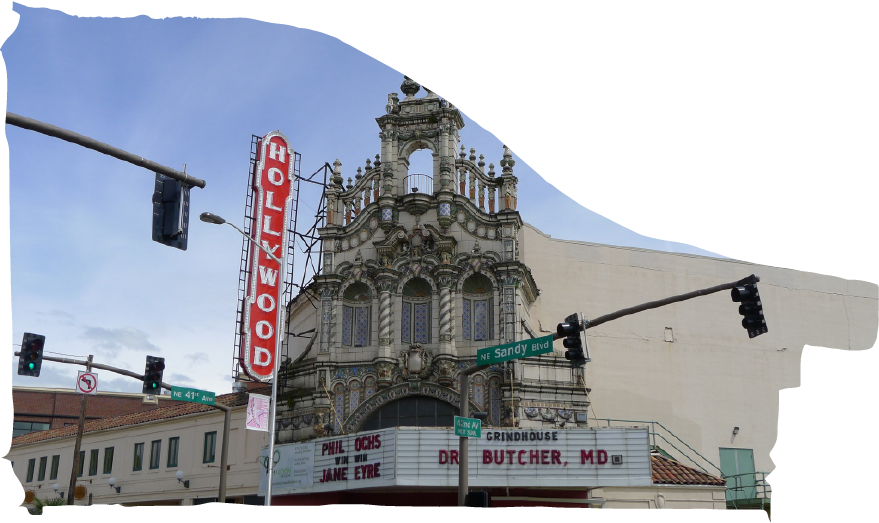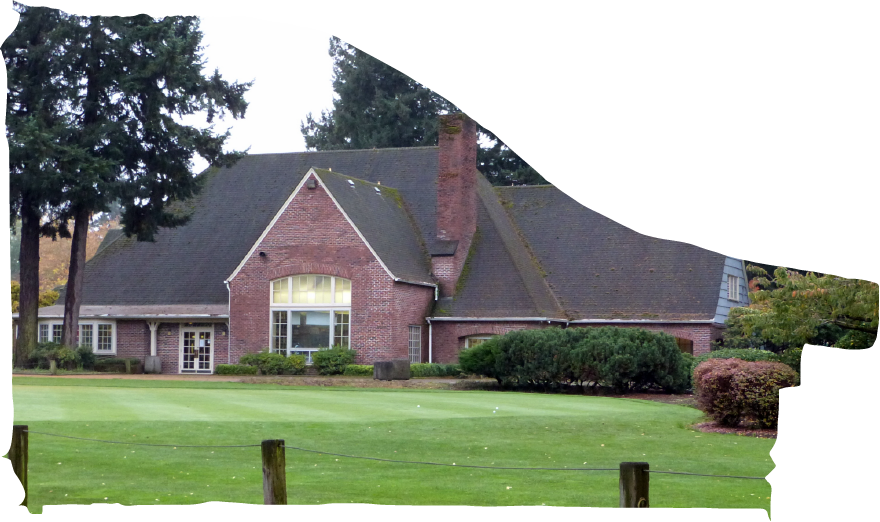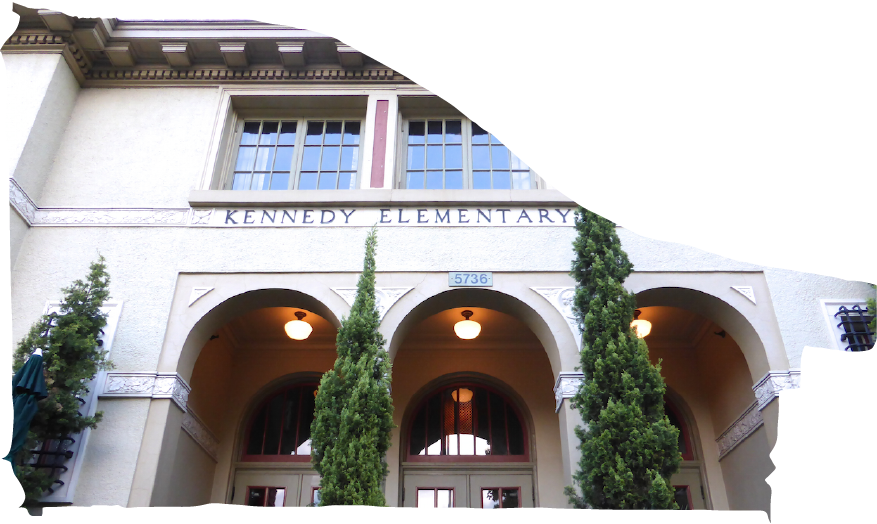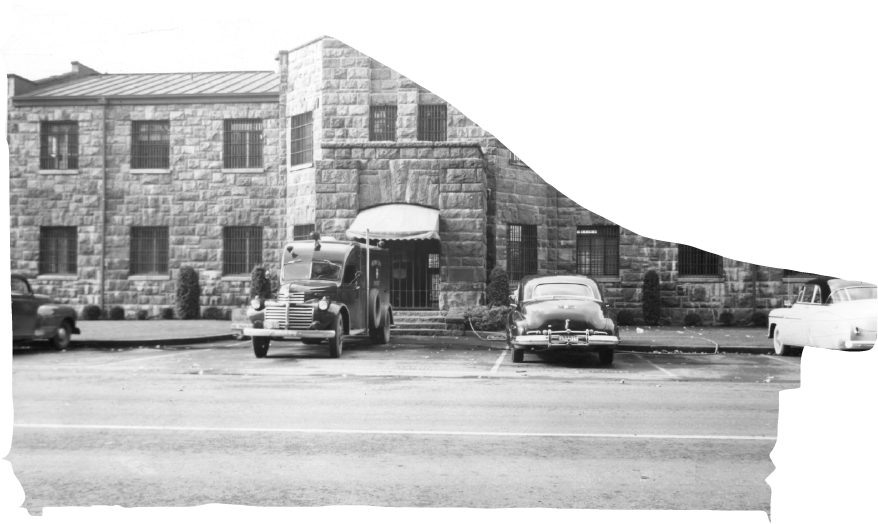The Hollywood Theater
The Hollywood Theatre opened its doors on Saturday, July 17, 1926, with a showing of the silent film MORE PAY - LESS WORK. A 1,500-seat silent movie palace complete with an 8-piece orchestra and organist, the Hollywood was the last venue in Portland built as both a vaudeville house and a movie theatre. Designed by Bennes & Herzog architects of Portland, a local advertisement called it a “palace of luxury, comfort and entertainment unsurpassed by any theatre on the Coast.” It proved such a popular destination that Portland's Hollywood District ultimately took its name from the Theatre.
In 1959, 70mm projection was installed at the Hollywood, and in 1961, the Hollywood became the only Cinerama theater in the state of Oregon. In 1975, walls and projection booths were built to divide the Theatre’s balcony and create the layout that still exists today: Three separate auditorium spaces, the 384-seat main auditorium and two smaller theaters upstairs.
Attention was brought to the Theatre when it was listed in the National Register of Historic Places in 1983, but by the late ’80s, the Hollywood had fallen into disrepair, and many of the classic film formats had been lost.
In 1997, the non-profit Film Action Oregon (FAO) purchased the Hollywood Theatre and began to restore the neglected theatre into the local treasure it once was. In 2011, the non-profit dropped the name Film Action Oregon, and is now simply known as the Hollywood Theatre.
Today, thanks to ongoing restoration efforts and the support of the community, the Hollywood has been transformed into a nonprofit modern-historic movie house where visitors can experience the art of film.
In partnership with the Port of Portland, the Hollywood Theatre has opened a first-of-its-kind free microcinema at Portland International Airport. The airport microcinema is located after security in the airport's C Concourse.
















